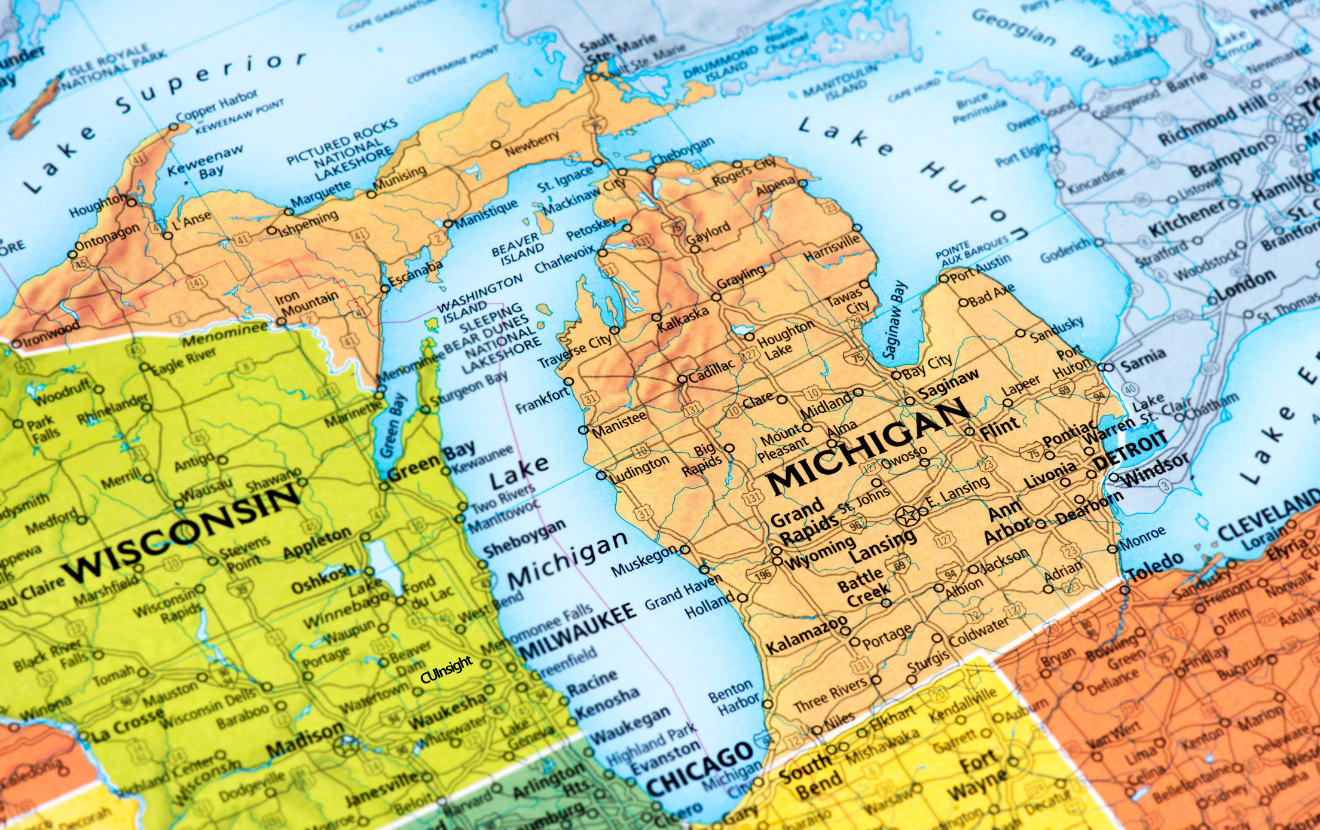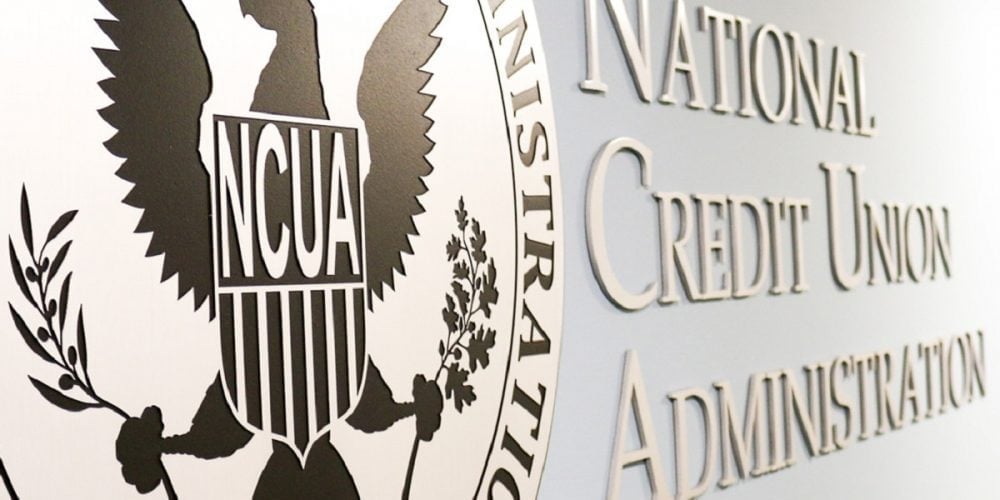Total shares and deposits for U.S. credit unions grew by 4.2% over the past year, but those numbers might be a bit deceiving.
That’s because regular shares declined by $13.6 billion, or 2.4%, to $555.5 billion at the end of the fourth quarter of 2024, according to recently released data from the National Credit Union Administration.
The overall number was buoyed by “other deposits,” which increased by $82.7 billion, or 8.8%. That surge was led by share certificate accounts, which grew by 16% during the past year to $561.2 billion, the NCUA said.
So gathering traditional shares remains a challenge for most credit unions.
But some institutions have found at least a short-term solution: mergers.
“There are certain credit unions that do organic growth well, albeit slowly,” said Matt Selke, president and CEO of Georgia Heritage Federal Credit Union in Savannah. “But most of the big deposit growth comes from mergers or buying banks.”
The $150 million-asset Georgia Heritage is a good example.
Early in 2024, Georgia Heritage closed its merger with G.P.A. Credit Union and subsequently ended last year with $131.1 million in shares compared to $114.3 million at the end of 2023, a 15% year-over-year increase.
Selke told Tyfone Georgia Heritage is expecting only tepid deposit growth in 2025.
“But the possible trade war is freaking some folks out, and people are moving money from the stock market to a place of safety, which is their credit union until they see what’s going to happen,” he said.
Nutmeg State Financial Credit Union in Rocky Hill, Connecticut, is another example.
The $697 million-asset credit union had $584.2 million in total shares and deposits at Dec. 31, 2024 compared to $483.1 million a year earlier—a 21% increase.
Nutmeg State Financial and $105 million-asset First Bristol Federal Credit Union in Hartford completed their merger in June.
John Holt, Nutmeg State’s CEO, told Tyfone the merger brought in “some good deposit amounts.”
“We held our own, though, and our deposit growth without the merger would have been modest because of growth in CDs as we paid above market price for liquidity purposes,” Holt said. “Considering the environment, I was pleased with our growth. Savings and money markets did drop but not anything significant as some of that money went into CDs.”
For 2025, Nutmeg State Financial is working on a deposit strategy that will factor in pricing, a revamp of its product line including the elimination of some products and a focus on helping people “switch” their deposits to the credit union seamlessly with a focus on “good, old-fashioned” service.
“Obviously, to attract deposits easily, our technology must be easy, and we must be able to make switching electronic payments a non-event for people,” Holt said.
CDs are still in play, but the company needs to focus on core deposits, which the new deposit strategy will assist with, Holt said. Additionally, the organization is also deploying a participation strategy to sell loans as its lending machine is doing well enough (96% loan to share) that it has room to do that and still meet its interest income and loan growth goals.
Greg Kidwell, President of Pathways Financial Credit Union in Columbus, Ohio, told Tyfone, the credit union “had a little help” with its deposit growth, as it finalized two mergers during 2024. Those deals added almost $34 million to the balance sheet, which accounted for about half of that growth.
Both Springfield Postal Employees Federal Credit Union and SMART Federal Credit Union merged with Pathways last year.
The $654 million-asset Pathways Financial had $581.6 million in shares at the end of 2024, a 13% increase compared to the end of 2023.
Kidwell said another big chunk of growth ($25.7 million) consisted of linked deposit funds from the State of Ohio as a result of the credit union’s participation in the Ohio Homebuyer Plus program, which is designed by the Ohio Legislature to promote homeownership in the state.
“Other than that, we had decent growth in money market balances and share certificates. What the deposits from the mergers mask, however, is almost a direct correlation in terms of migration from regular shares to money market balances during the year,” Kidwell said.
Kidwell said 2024 was the year that members started paying more attention to how much more their savings balances could earn if they moved them out of regular shares.
As for 2025, Pathways Financial is shooting for just over 14% in deposit growth, knowing that a $56 million chunk of that will come from—you guessed it—a merger.
On May 1, Pathways Financial will officially close its deal with $64 million-asset Taleris Credit Union in Cleveland.
Portland, Oregon-based Tyfone is a leading provider of consumer and commercial digital banking services for community financial institutions. At Tyfone, we believe that as banks and credit unions compete for deposits, adopting cutting-edge digital banking technologies remains crucial.








